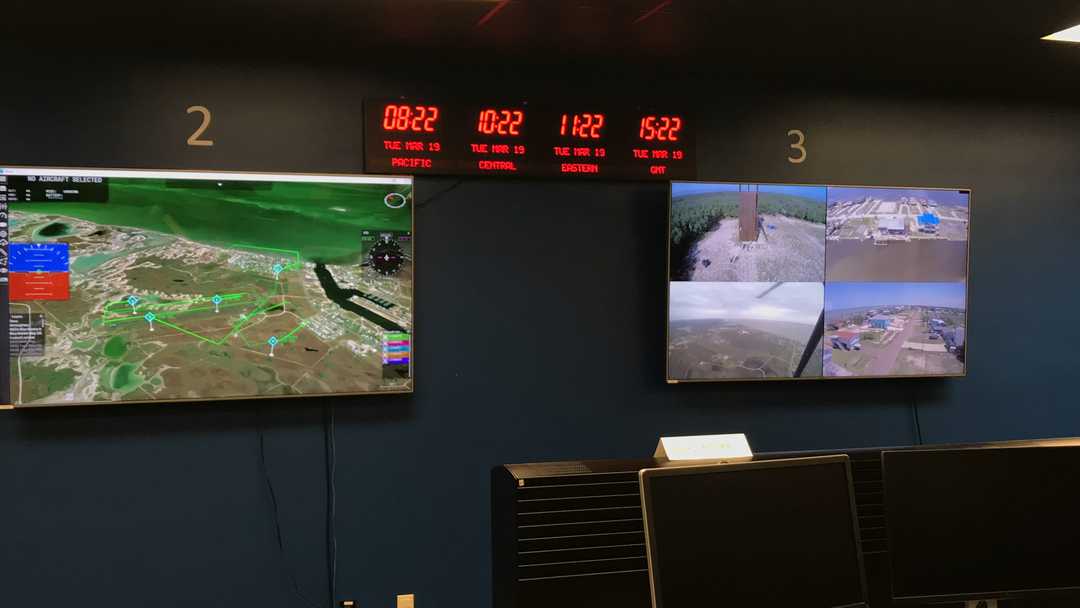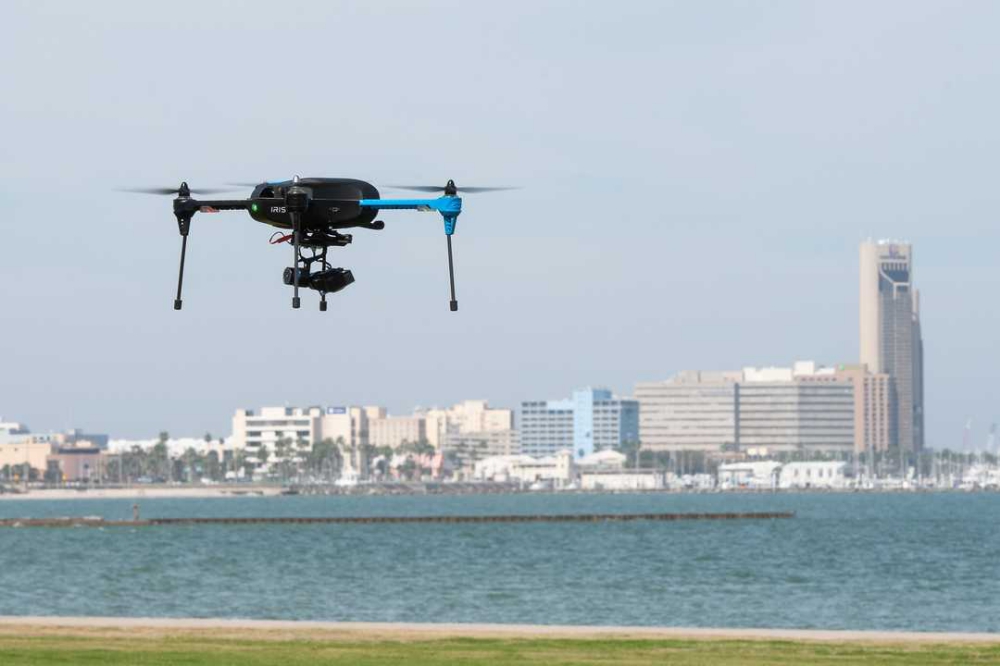Officials from NASA’s Unmanned Aircraft Systems Traffic Management project selected Corpus Christi as one of two nationwide test sites.
“This area has a diverse geographic landscape. We are looking at the downtown areas of Corpus Christi,” said Dr. Marcus Johnson, NASA Deputy Project Manager.
Downtown Corpus Christi also provides the challenges of maneuvering around tall buildings — especially when wind is factored in, Johnson said.
The project’s goal is to collect information on challenges of flying where communications, GPS, tall buildings and community acceptance are factors.
NASA’s ultimate goal is to boost technological and economic growth that comes from the rapid popularity of drone use.
That’s not the only thing that will reap the benefits of unmanned aircraft.
Public safety agencies will benefit from a better understanding of how drones can help with everyday tasks, without obstructing the public or other aircraft, Johnson said.

NASA’s Mission Control Center at Lone Star UAS Center of Excellence & Innovation at Texas A&M Univeristy – Corpus Christi
The UAS Lone Star Center knows first-hand how drones help in rescue efforts.
“We entered into an interlocal agreement with Nueces County to help police and fire in search and rescue, and recovery with the drones after a disaster,” said Michael Sanders, acting executive director of the Lone Star UAS Center.
The team-up with NASA, Sanders said, came after five years of hard work. Six student interns can also add the project to their résumé.
Some students are building air frames, helping with integration of software and spreading the project’s importance to the community, Sanders said.
“Just to get the operation going, there are challenges,” Johnson said. “In general, (Corpus Christi) is a welcoming environment that meets all the challenges we’re looking for in this assessment.”
Top Photo: Texas A&M University – Corpus ChristiCentre Photo: Alexandria Rodriguez/Caller-Times
Source: Caller Times

